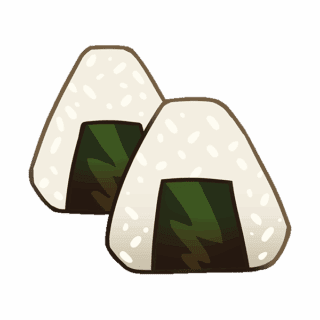Fuki
Their long stems look similar to celery stalks and grow up to three or four feet, with one large broad leaf on top. In the indigenous Ainu folklore of northern Japan and Hokkaido, fuki leaves served as shelter for the mythological hobbit-like creatures that inhabit Japan’s northern islands.
The stem and immature springtime buds — also called fuki no to — are the parts of fuki used most in cooking. Stems are usually peeled and blanched to mellow out the flavor which can otherwise be a bit harsh. From there they can be simmered, pickled, or fried in tempura. Fuki no to can be prepared by sauteing and then combining with miso to make the fuki-miso spread.
Besides its fresh taste, fuki also has some wonderful nutritional value; it’s high in fiber and is a good source of beta-carotene, many different vitamin Bs, vitamin C, and some minerals, and there’s some evidence that fuki is anti-inflammatory and has antioxidant properties.





